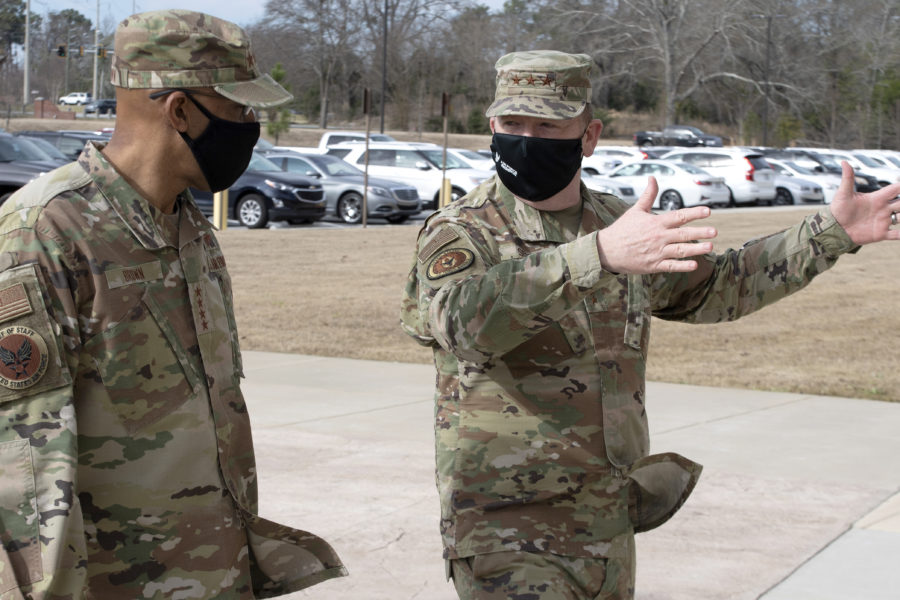Since individual readiness is the key to ensuring overall Air Force Reserve Command readiness, Air Force Reserve Chief Lt. Gen. Richard W. Scobee said AFRC is being mindful of how troops’ civilian job descriptions and uniformed taskings line up, and taking a strategic, tiered approach to training them.
The command is utilizing the Air Force Reserve Command Force Generation Center at Robins Air Force Base, Ga., to ensure it completes “all of the deliberate planning exercises,” Scobee explained during a pre-recorded panel from the Air Force Association’s 2021 virtual Aerospace Warfare Symposium that aired on Feb. 24.
“We do that in conjunction with the Joint Force across our nation to make sure that we are integrated into all these exercises, and we set those days aside to get everybody in our annual tour to make sure that we’re doing readiness in this way,” he said.
AFRC takes a “crawl, walk, run” approach to training, he explained, beginning with exercises at the local squadron level, and then building on that foundation “with exercises that will include more Reserve units.”
“And then since we’re in every mission set, we’re able to integrate fighters and bombers and tankers and transport—everything we need to—not to mention the cool things we do with space, cyber, and ISR, which is a phenomenal capability,” he said.
Finally, he said, Airmen undertake “national-level exercises.”
This “deliberate process” lets the command ensure that every Reserve unit is ready, though it gives priority to troops entering “rotational combat first.”
Reserve medics and defenders have also recently gotten unplanned, on-the-job training when they responded to the COVID-19 pandemic and civil unrest, Chief Master Sgt. Timothy C. White Jr., AFRC’s command chief, added.
“Unfortunately, we hope that we don’t get those real-time training events, but when we do, we have to be able to go into action,” White said. “And I think that the world has seen that, what the Guard and Reserve bring to the fight.”
AFRC mobilized more than 1,700 Reservists when its COVID-19 response first kicked off, making it the command’s largest unplanned mobilization since Sept. 11, 2001, Scobee noted.
“We didn’t take anybody out of their communities that was engaged in COVID-19 response,” Scobee added. “We took the people who were not engaged and when that was surplus capability across the nation, and we brought to where it was needed. And then we filtered that back out to the communities where COVID hadn’t hit yet, and now we have experts that … are able to help those communities recover, as well.”
